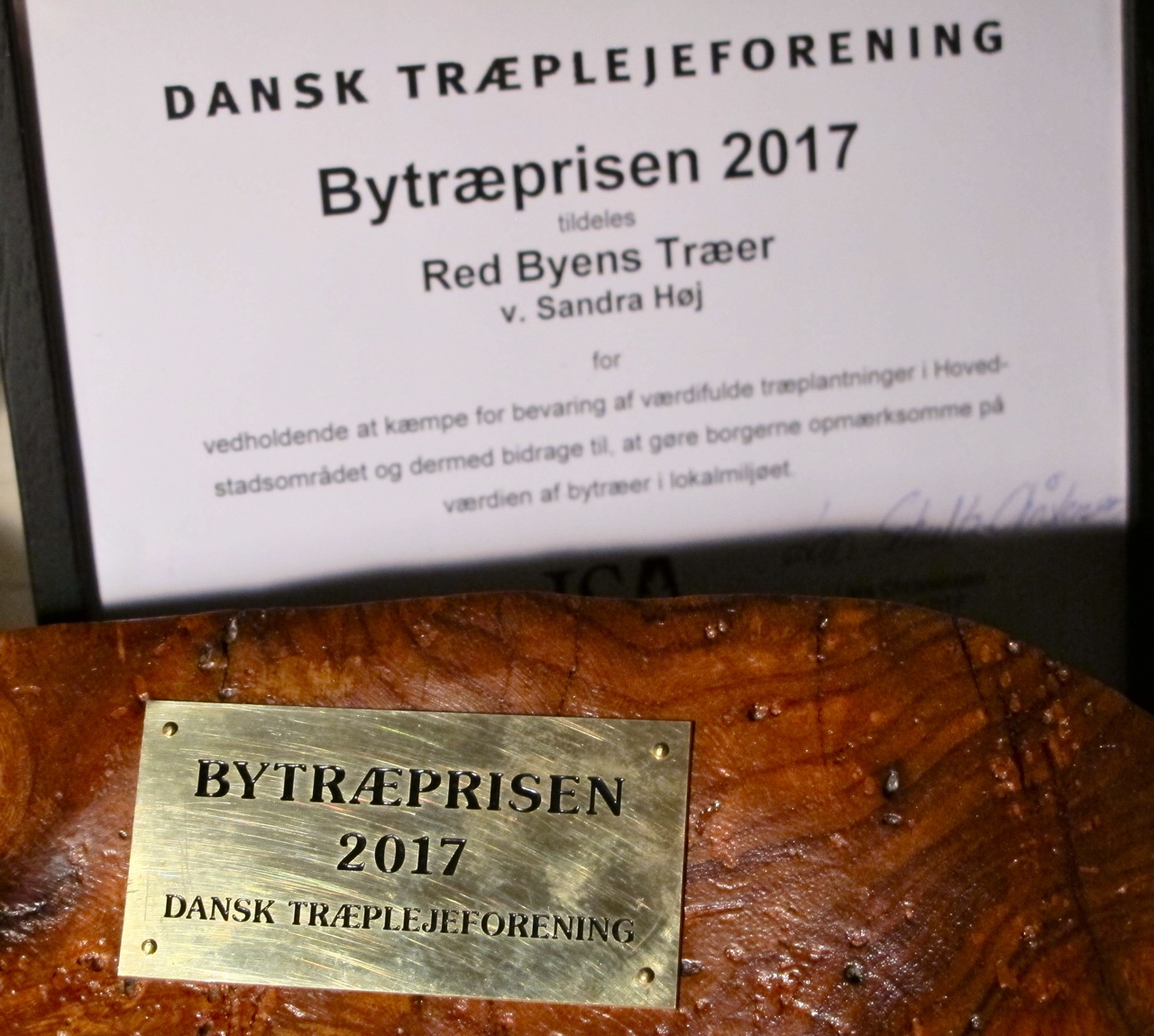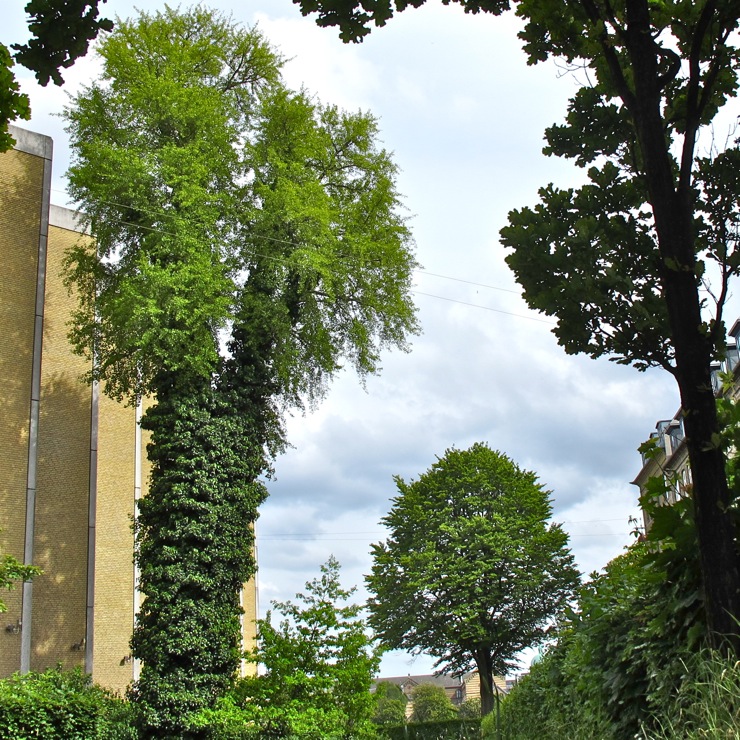A heartfelt thank you to all for an amazing year in trees. As usual, here is a small recap of what we achieved in 2016 and what we have to fight for next year.
The Ladytree and the old beech.
We won the fight for the two old trees on the Sølund premises. This was possible because both the winner of the competition and the developer acknowledged just how important the trees are to the city. The dinosaurs of architecture in the competition lost, by reason of being outmoded. An incredibly positive development!
The Ladytree and the old beech.
We won the fight for the two old trees on the Sølund premises. This was possible because both the winner of the competition and the developer acknowledged just how important the trees are to the city. The dinosaurs of architecture in the competition lost, by reason of being outmoded. An incredibly positive development!
The liberation of the Ladytree.
Following the rescue, we had a great gift, as a team of arborists volunteered to liberate the old ginkgo, our Ladytree, of the suffocating ivy. Another miracle.
Disaster averted.
2016 was the year where many citizens and businesses wrote their first hearing reply, for the small urban forest on the corner by the Natural History Museum. A forest completely shaved down on the architect's rendition. This made a huge difference in the local plan, where the City stated that all trees on the corner must be preserved in the new design.
Møllegade.
This year also marked the end of a three-year long and intense fight for the Møllegade trees. The final outcome was that we managed to save the big corner tree, and that the project went from grey to green, with much more young trees.
And last but not least, Copenhagen finally got its first tree policy. That's a big one!
What's up for next year?
Tree map.
We need a tree map, there is no postponing it any longer. New York City just mapped all of their street trees, with the help of citizens. A tree map is an indispensable tool, we just have to make it happen. Maybe a project we can do in collaboration with the municipality?
The prep-team.
So many trees are killed in the construction phase. They enjoy insufficient protection, if any, and many sustain damages that will end up killing them over time. This can be avoided by prepping the trees before construction begins. We have suggested that the City creates a prep-team. This concept could be tested in the coming year.
Finally we need to find a way to develop our citizens group, so more of you can participate actively in the fight for the urban trees. We'll talk more about this next year.
Disaster averted.
2016 was the year where many citizens and businesses wrote their first hearing reply, for the small urban forest on the corner by the Natural History Museum. A forest completely shaved down on the architect's rendition. This made a huge difference in the local plan, where the City stated that all trees on the corner must be preserved in the new design.
Møllegade.
This year also marked the end of a three-year long and intense fight for the Møllegade trees. The final outcome was that we managed to save the big corner tree, and that the project went from grey to green, with much more young trees.
And last but not least, Copenhagen finally got its first tree policy. That's a big one!
What's up for next year?
Tree map.
We need a tree map, there is no postponing it any longer. New York City just mapped all of their street trees, with the help of citizens. A tree map is an indispensable tool, we just have to make it happen. Maybe a project we can do in collaboration with the municipality?
The prep-team.
So many trees are killed in the construction phase. They enjoy insufficient protection, if any, and many sustain damages that will end up killing them over time. This can be avoided by prepping the trees before construction begins. We have suggested that the City creates a prep-team. This concept could be tested in the coming year.
Finally we need to find a way to develop our citizens group, so more of you can participate actively in the fight for the urban trees. We'll talk more about this next year.
Happy New Year!





































































